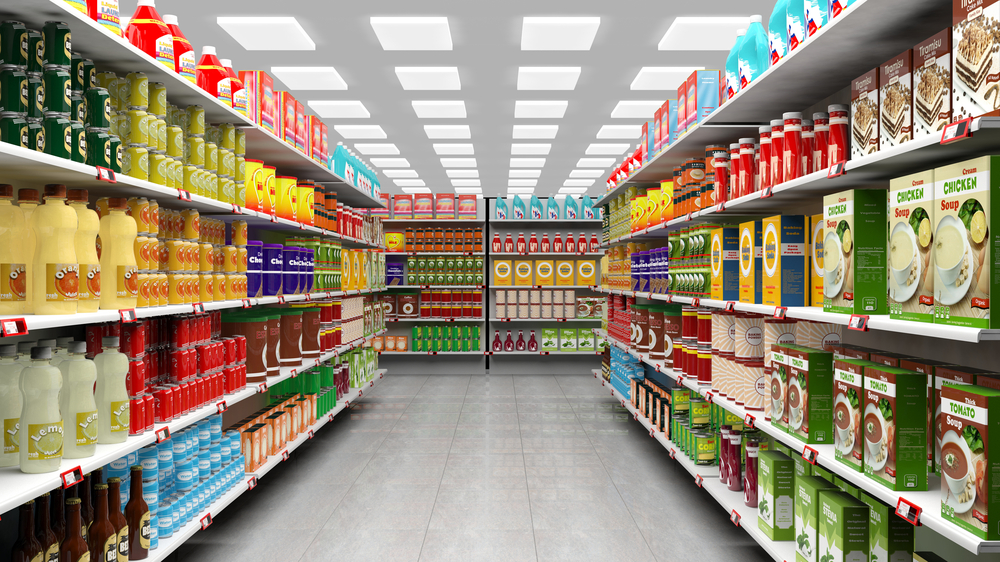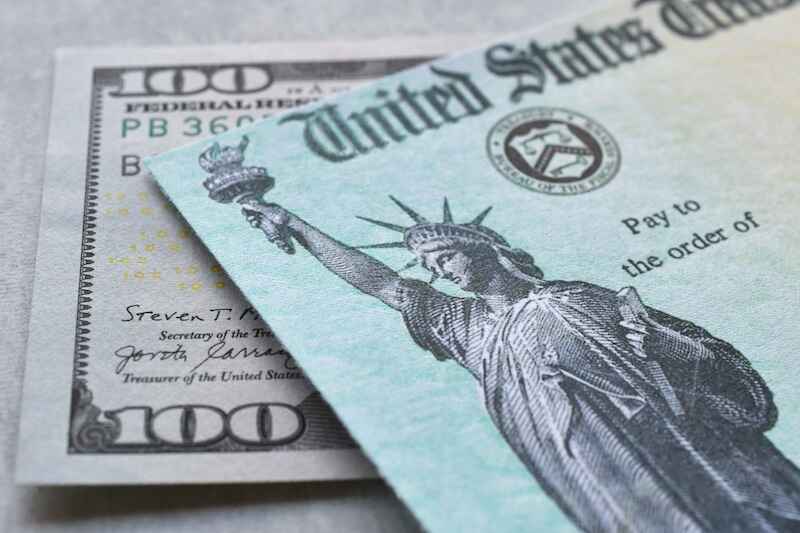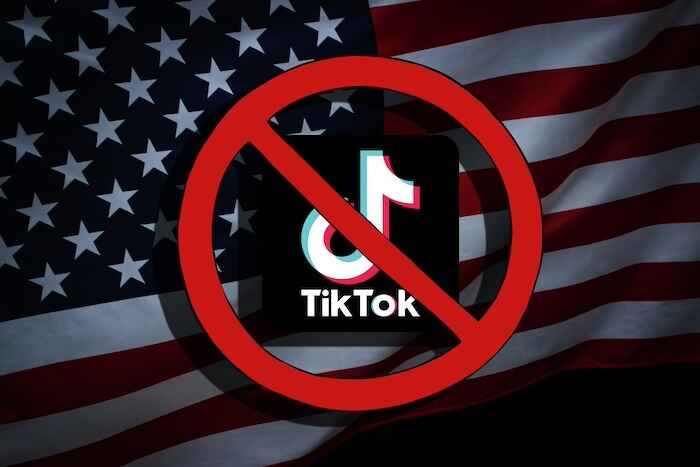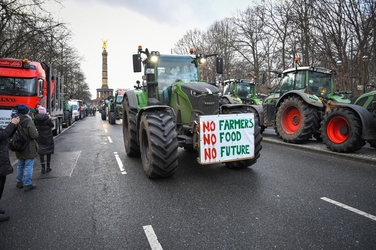We’re in a Hell of an Inflation Mess
Amanda Heckman|July 10, 2021

Headline after headline is shouting about higher prices across the economy.
Consumer prices – a key measure of inflation – have shot up 4% over the past year. It’s the biggest jump since 2008.
According to the U.S. Bureau of Labor Statistics, gas prices are up 52%, airline tickets are up 24%, home prices are up 15%, hotel rooms are up 7% and used cars are up 29%.
Not to mention that grocery stores are stockpiling goods in fear of higher prices coming soon.
Simply put, we’re in a hell of an inflation mess.
But not all inflation looks the same. There’s a sneaky type of inflation that’s taking a bite out of your wallet… and you may not even realize it.
So if you want to keep more of your money, pay attention.
Less Is… Less
“Shrinkflation” is inflation’s costly cousin. It’s the idea that paying the same amount gets you less.
Businesses shrink the sizes of their goods or packaging instead of raising prices. They do so expecting you not to notice.
During tough economic or inflationary times, prices rise all along the supply chain. And those price hikes are ultimately felt by the consumer – who pays more… gets less… or both.
Since the start of the pandemic, for example, shipping delays, supply chain disruptions and changes in demand have all had an impact on the prices of goods. That has led to a rise in shrinkflation.
Bureau of Labor Statistics economist Jonathan Church told The Washington Post that during the pandemic, the package sizes of chips and other snack foods (among other goods) were reduced.
Here are a few examples…
- Frito-Lay shrank its regular-sized bags of Doritos from 9.75 ounces to 9.25 ounces.
- Wheat Thins reduced its family size box from 16 ounces to 14 ounces.
- Hefty’s tall kitchen trash bag mega-pack went from 90 bags to 80.
And just last week, General Mills announced that the rising cost of ingredients, packaging, labor and trucking was forcing it to revamp its business. It said that it was taking “pricing actions” and other steps to grapple with this inflation… It was engaging in shrinkflation, in other words.
Case in point: The company’s 19.5-ounce cereal box has shrunk to 18.8 ounces.
Again, businesses use shrinkflation to raise prices without the consumer noticing. But things rarely go in the other direction.
As Edgar Dworsky – a former Massachusetts assistant attorney general and longtime consumer advocate – notes…
[Shrinkflation] is really a sneaky price increase. Consumers tend to be price conscious. But they’re not net-weight conscious. They can tell instantly if they’re used to paying $2.99 for a carton of orange juice and that goes up to $3.19. But if the orange juice container goes from 64 ounces to 59 ounces, they’re probably not going to notice.
Now, during the pandemic, some suppliers also changed their packaging sizes to deal with shortages. Costco, for instance, started selling 140-sheet paper towel rolls instead of 160-sheet rolls. It did so to help its supply last longer on quickly emptying shelves.
Royal Canin, a subsidiary of the packaged goods giant Mars Inc., said it reduced some product sizes “to keep up with unprecedented demand” for pet food during the pandemic. It reduced the size of its canned cat food from 5.9 ounces to 5.1 ounces.
While that may have helped keep some products on the shelf… once a product size changes, it rarely changes back. And we pay the price… and pay it… and pay it… and pay it again.
Make no mistake: Shrinkflation is here, and there will be significantly more shrinkage to come.
Protect Your Wallet
So what’s a consumer to do? The obvious answer is to be vigilant and to look at prices per unit when you shop. But more importantly, in order to keep up with rising prices – however sneaky or obvious they may be – you need to put your money where it’s treated best.
As we’ve often said, that place is the stock market. Look for companies that are insulated from this mess. Companies like Amazon and Walmart have spent the last decade creating deflationary pressure as they’ve cut prices and squeezed competitors. It puts them in a good spot to ride out the waves that are ahead. As prices rise, so will their profits.
Inflation-resistant assets will treat your money best and protect your wallet as we continue to get less… and pay more for it.

Amanda Heckman
Amanda Heckman is the editorial director of Manward Press. With unrivaled meticulousness, she has spent the past dozen or so years – give or take a few sabbaticals – sharpening Andy’s already razorlike wit. A classically trained musician and a skilled writer in her own right, Amanda takes an artistic approach to the complex world of investing. Her skill has led her to work with numerous bestselling authors, award-winning financial gurus and – lucky for us – the fine folks at Manward Press.





